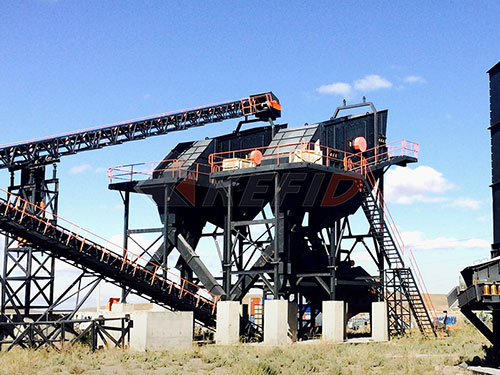The Engine Room of Progress: Rock Crusher Equipment in Georgia’s Quarrying Heartland

Georgia’s landscape, rich in granite, limestone, marble, and other vital aggregates, forms the literal bedrock of its construction industry and economic development. Hidden within the bustling activity of its quarries lies the critical, often thunderous heartbeat: rock crusher equipment. This machinery is not merely a component; it’s the transformative engine that turns massive, raw geological formations into precisely sized materials essential for building roads, bridges, homes, and infrastructure across the Peach State and beyond. Understanding this equipment is key to appreciating the efficiency and productivity driving Georgia’s vital quarry sector.

The Crucial Role: From Mountain to Marketable Material
Quarried rock in its natural state is far too large and irregular for direct use. Primary extraction via drilling and blasting yields boulders sometimes measuring several feet across. Rock crusher equipment tackles this challenge head-on through a series of controlled fragmentation stages:
1. Size Reduction: Breaking down massive boulders into progressively smaller fragments.
2. Gradation Control: Separating crushed material into specific size ranges (e.g., rip rap, base stone, aggregates for concrete or asphalt).
3. Cubicity Improvement: Shaping particles to enhance performance in final applications (e.g., better interlock for road bases).
4. Efficiency Enablement: Creating manageable material for efficient transport by truck or conveyor.
Without efficient crushing circuits, quarry operations would be logistically impossible and economically unviable.
The Arsenal: Players in Georgia’s Crushing Circuit
A typical Georgia quarry employs a sophisticated sequence of crushing machines, each optimized for a specific stage:
1. Primary Crushers: The First Line of Impact
Jaw Crushers: The undisputed workhorses of primary crushing in most hard rock quarries (like granite). Utilizing immense compressive force between a fixed jaw plate and a moving jaw plate shaped like an upside-down “V,” they effectively “chew” large boulders down to sizes manageable by downstream equipment (typically 6-12 inches). Their robust design makes them ideal for handling variable feed sizes directly from the blast pile.
Gyratory Crushers: Often found in very large-scale operations or mines feeding directly from shovels/trucks with extremely high capacities. They operate via a gyrating mantle within a concave bowl liner. While offering higher capacity than jaw crushers at comparable settings, their larger

Leave a Reply